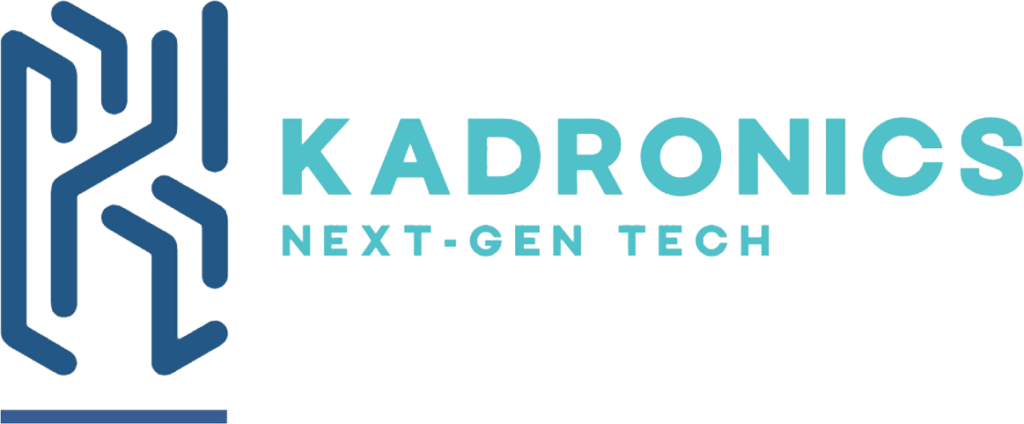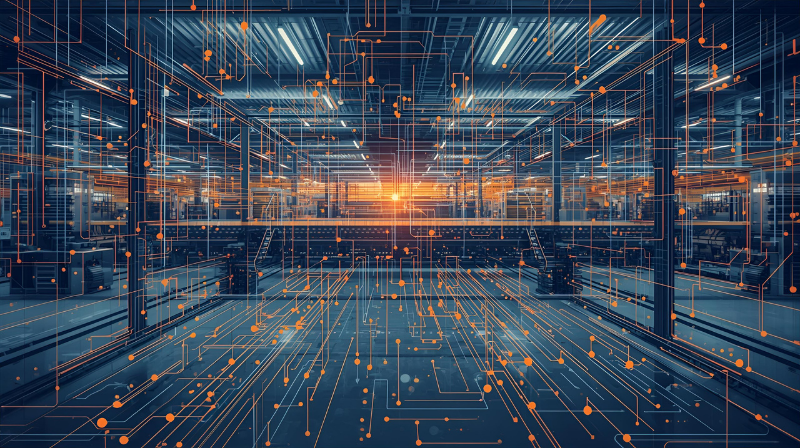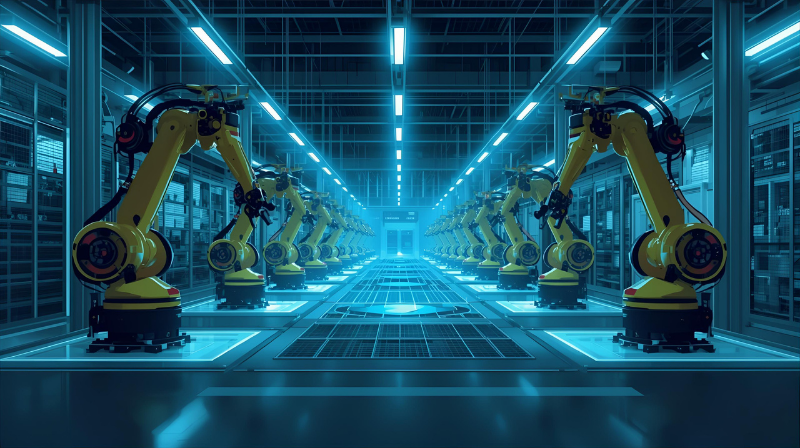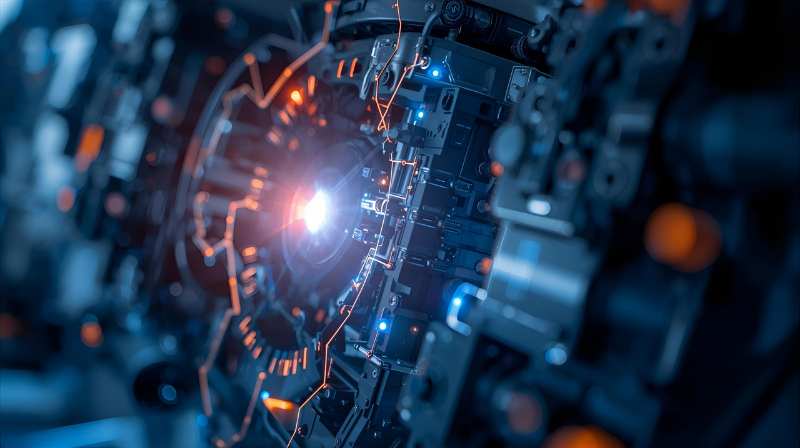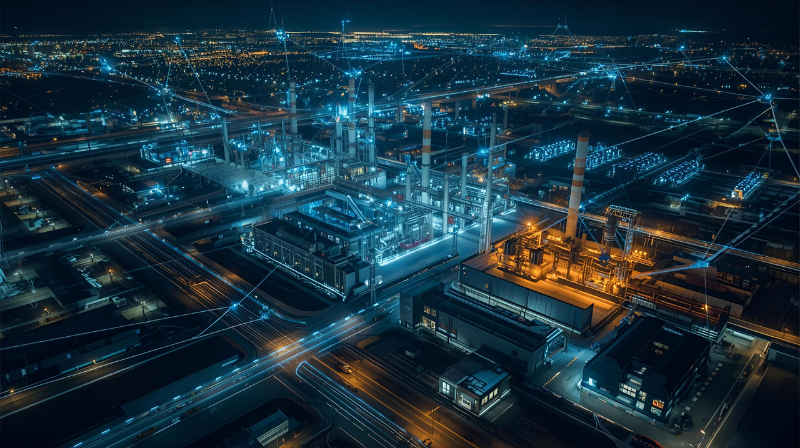For generations, industrial maintenance has operated on two basic principles: wait for something to break (reactive maintenance), or fix things on a rigid schedule whether they need it or not (preventive maintenance). One is a recipe for costly unplanned downtime; the other is inefficient and wasteful. Today, a third, far more intelligent option has emerged, powered by Artificial Intelligence: Predictive Maintenance (PdM).
Predictive Maintenance is the holy grail of asset management. It is a sophisticated solution that uses a constant stream of real-time data and machine learning algorithms to predict the exact moment a piece of equipment is likely to fail. It’s the difference between a doctor seeing you for an emergency heart attack and telling you six months in advance that you should probably eat a salad.
How Does Predictive Maintenance Work?
A PdM system is built on a simple but powerful feedback loop: Sense, Analyze, and Act.
1. Sense: The foundation of any PdM system is data. The machine is outfitted with a suite of sensors—our industrial “nerves.” These products measure key health indicators in real-time. The most common are:
- Vibration Analysis: Healthy machines have a smooth, consistent vibration signature. As components like bearings or gears begin to wear, this signature changes in subtle but detectable ways.
- Thermal Imaging: Overheating is a classic sign of trouble. Infrared sensors can spot a motor or electrical connection that is running hotter than it should.
- Acoustic Analysis: Just like a mechanic listening to an engine, sensitive microphones can detect changes in a machine’s sound that indicate a developing problem.
- Oil Analysis: For gearboxes and hydraulic systems, sensors can detect microscopic metal particles in the oil, a sure sign of internal wear.
2. Analyze: This is where the AI comes in. The massive stream of data from these sensors is fed into a machine learning model. The model is first trained on the machine’s “healthy” baseline signature. It then learns to recognize the incredibly subtle patterns and correlations that precede a failure. This analytical power is something a human could never achieve. The AI can see a tiny, multi-variable anomaly in the data and conclude with high probability that, for example, “bearing #3 will fail in approximately 200 operating hours.”
3. Act: The AI’s prediction is then translated into an actionable alert on a maintenance dashboard. Instead of a frantic, middle-of-the-night emergency, the maintenance team receives a calm, clear message: “Schedule a replacement for bearing #3 on the main conveyor during the planned shutdown next week.”
The Transformative ROI of Prediction
The business case for Predictive Maintenance is incredibly strong. As leading management consulting firms like McKinsey & Company have shown, PdM can reduce machine downtime by 30-50% and reduce maintenance costs by 10-40%.
The benefits are clear:
- Maximizes Uptime: You only perform maintenance when it’s actually needed, and you do it before the failure ever causes an unplanned stoppage.
- Reduces Maintenance Costs: You stop replacing parts on a fixed schedule that may still have thousands of hours of life left in them.
- Improves Safety: You can proactively address mechanical issues before they lead to a potentially dangerous catastrophic failure.
Implementing a robust Predictive Maintenance system is a multi-disciplinary service that requires expertise in sensor technology, data science, and systems integration. It represents a fundamental shift in how we manage our most valuable physical assets, turning the art of maintenance into a precise, data-driven science.
